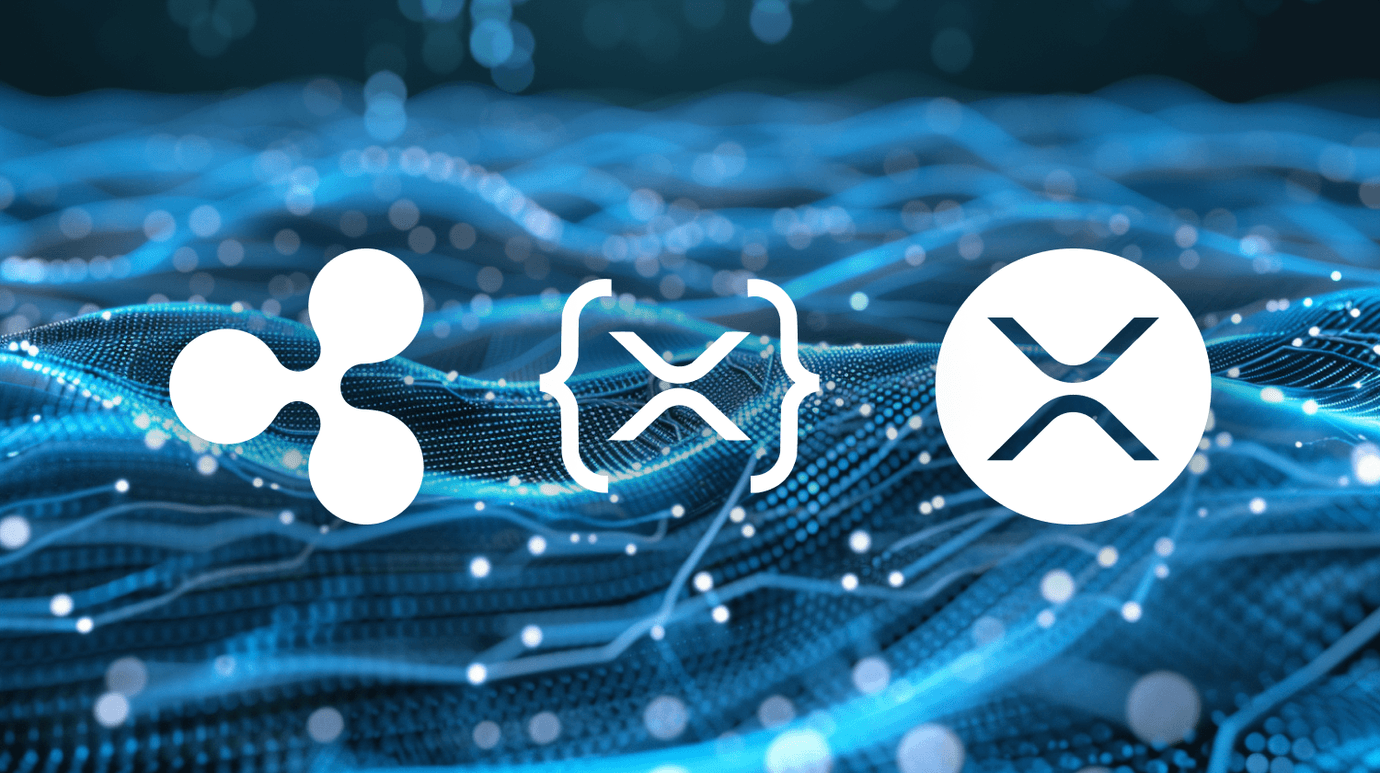The Differences between Ripple, XRP, and XRP Ledger (XRPL) Explained Clearly

Dive into the differences between Ripple, XRP, and the XRP Ledger. Unlock the distinctions that set apart the company, the cryptocurrency, and the blockchain system.
You probably came across these different terms if you know or use Ripple. Many people for example use Ripple and XRP interchangeably, thinking they are the same thing. This is actually not true, as there are clear distinctions among these terms. In this article, we will set Ripple terms into order so you can have a better image of what Ripple actually does and what are its different branches.
TL;DR:
- Ripple is a for-profit technological company that caters mainly to financial institutions in order to simplify liquidity, cross-border transactions, and CBDCs
- XRP is the native digital asset developed by the Ripple company. It serves mainly for conducting value transfers and acts as a pool of liquidity.
- XRP Ledger is the decentralized blockchain network hosting XRP, as well as various other digital assets and applications.
Ripple: The Company Behind XRP
Ripple, also known as Ripple Labs, is the technology company that developed the XRP Ledger. Founded in 2012 by Chris Larsen and Jed McCaleb, Ripple caters mainly to big financial institutions and helps them integrate blockchain and crypto into their processes. The idea is that by using blockchain, financial institutions can radically streamline their operations while saving a lot of resources.
There are three key areas where Ripple operates - Cross border payments, Blockchain Liquidity, and CBDCs. Here is an example of how the Ripple Liquidity Hub works:
RippleNet
RippleNet is a software product of the Ripple company. It is an innovative institutional payment network designed to revolutionize cross-border transactions, potentially replacing the traditional SWIFT messaging system.
Originally composed of three distinct products: xCurrent (an interbank communication software for cross-border transactions), xRapid (a liquidity provider using XRP tokens to bypass complex fiat conversions), and xVia (an API for accessing xCurrent and xRapid), these were unified under the RippleNet brand in late 2019. Though the branding changed, the core functionalities and the goal of streamlining international transactions remain intact.
XRP: The Digital Asset
XRP is a cryptocurrency asset developed by Ripple Labs intended to facilitate easier value transfer for individuals and institutions. For many years, XRP has consistently held its spot in the top 10 cryptocurrencies by market cap.
Unlike Bitcoin or Ethereum which serve as rewards for miners and validators, XRP was pre-mined. This means that all 100 billion XRP that will ever exist were created when the ledger began. At the moment of its creation, some XRP was gifted and airdropped to various companies and individuals. Around half of the total XRP supply is still placed in a cryptographically-secured escrow account.
XRP offers low-cost, fast, and carbon-neutral transactions on the decentralized network XRP Ledger. Although cross-border transactions were the main utility of XRP, developers continue to build new applications, resulting in a full-blown crypto ecosystem. XRP is often used as a source of on-demand liquidity in Ripple's products, reducing the need for banks to hold various currencies in nostro and vostro accounts.
XRP Ledger (XRPL): The Decentralized Network
The XRP Ledger (XRPL) is a decentralized blockchain system tailored to support the XRP cryptocurrency, as well as other digital tokens. It acts as a digital ledger that diligently records all transactions, ensuring transparency, accuracy, and immutability. What sets the XRP Ledger apart is its ability to process transactions at lightning speed - each transaction is finalized in 3 - 5 seconds.
Beyond the straightforward XRP transactions, the Ledger also contains several built-in decentralized exchanges (DEXs) with order book trading. Other applications include non-fungible tokens (NFTs), analytical platforms, payment channels, and Multi-Signing. Smart contracts on the XRPL are being developed at this time.
The consensus mechanism of the XRP Ledger does not use a Proof of Work (PoW) or a Proof of Stake (PoS) model similar to other networks. Instead, XRP Ledger relies on a set of 150+ validator servers. These servers sort and relay cryptographically signed transactions and maintain a local copy of the network history. In order for a transaction to be confirmed, over 80% of the validating servers have to agree on the current state of the network.
The Bottom Line
We hope that this article clears any remaining confusion around the suite of Ripple products. It is critical to understand these distinctions if you want to use XRPL effectively. Of course, there is much more to delve into regarding each concept that we talked about here. Follow our Blog section as we will be diving into the Ripple suite much more in the upcoming months.


